In Pictures: Scotland's 10 most popular National Trust properties
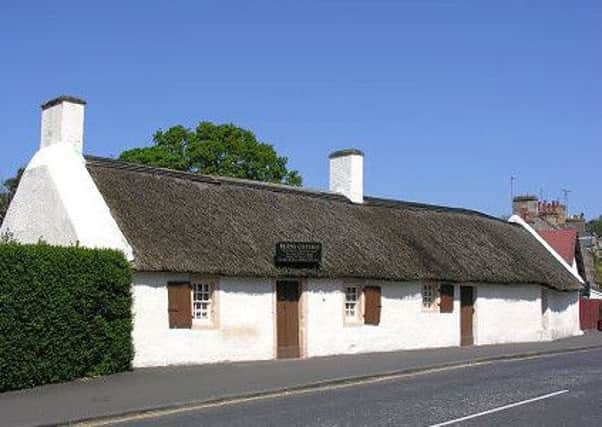

The National Trust Scotland’s 129 Scottish properties - which include over 15 historic houses, 10 castles and a palace - remain extremely popular with tourists.
Initial figures suggest the attractions enjoyed a 10 per cent boost in visitors in 2015 compared to the previous year, a spokeswoman said.
Advertisement
Hide AdAdvertisement
Hide AdIt comes as National Trust Scotland embarks on a major overhaul of the organisation in the face of strong competition in the country’s heritage sector.
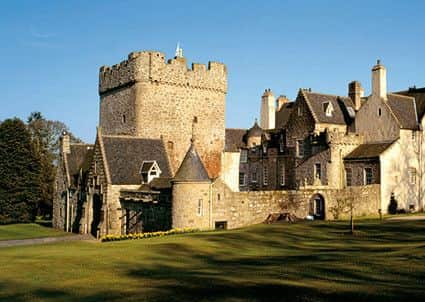

A NTS spokeswoman added: “It’s good news that figures seem to have improved in 2015. We know that our places are special, overflowing with fantastic stories of Scotland’s past, people, places and passions.”
So where are the most popular Trust properties in Scotland?
10. Drum Castle, near Drumoak, Aberdeenshire - 25,000 visitors
You can travel through almost 650 years of history at Drum Castle, just 10 miles west of Aberdeen on the road to Deeside and historically home to Clan Irvine. It is a place of ancient beauty with the 117 acres of Old Wood of Drum - the last portion of a huge royal forest - forming part of the estate. The Garden of Historic Roses and the 18th Century chapel are also to be admired.
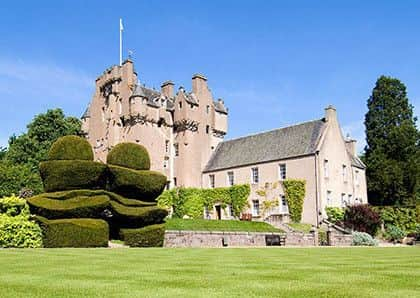

The castle is currently hosting a collection of modern and contemporary art from the Aberdeen Art Gallery, which adds an interesting angle to a trip deep into the past.
9. Crathes Castle and Gardens, Deeside - 42,000 visitors.
The gardens are the real treasure of this 16th Century castle that overlook the River Dee and you will feel the power of good landscape design. Whether it be the fantastical topiary or the more formal colour coded areas, the gardeners here create a very special environment. That’s not to say that the castle isn’t worth a look too. It’s turrets and towers and winding staircases give it a fairy-tale feel. Robert the Bruce built a royal forest here in the 14th Century with Drum built in the 16th Century by the Burnett family, who are still major landowners in the area.
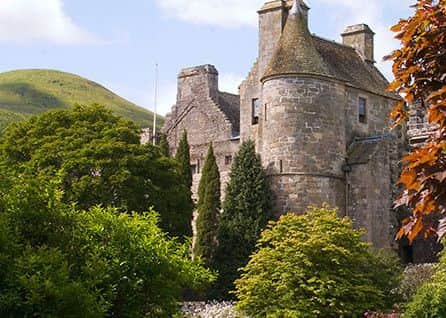

8. Falkland Palace - 43,000 visitors
It was the playground of the Stuart monarchy who enjoyed hunting boar and playing tennis in its grounds.
Advertisement
Hide AdAdvertisement
Hide AdThe building was transformed into a Renaissance Palace between 1501 and 1541 by James IV and James V, whose daughter Mary Queen of Scots spent large spells of time at the Fife hideaway.
Built by French stonemasons and architects favoured by the monarchy, it started off as a hunting lodge in the 12th Century and was later ‘acquired’ by the Crown during the 14th Century.
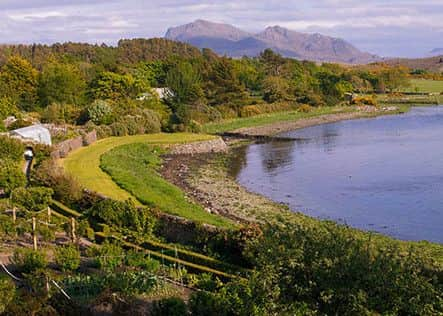

David Stewart, the Duke of Rothesay, was imprisoned and starved to death there in the early 1400 following his marriage woes - which led his disgruntled former father-in-law into nearly triggering an English invasion.
Falkland fell into ruin after Oliver Cromwell’s invading army seized it and set it on fire in the mid 1600s
It was rescued in 1887 when John Crichton-Stuart, 3rd Marquess of Bute, started its restoration. The Crichton-Stuarts still own the Palace.
7.Inverewe Gardens, Ross-Shire. 56,000 visitors
This botanical garden is absolute nirvana for plant lovers who can enjoy specimens from all over the world in this little, warm corner of the Highlands.
The garden was started around 1862 by Osgood Mackenzie, son of Sir Francis Mackenzie, laird of Gairloch, following his father’s death.
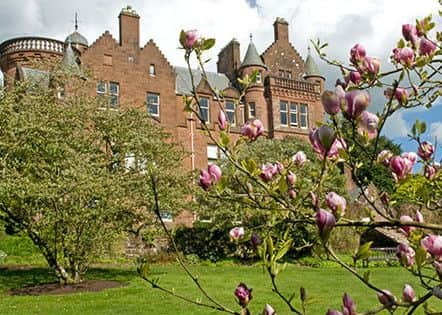

Advertisement
Hide AdAdvertisement
Hide AdInverewe sits on roughly the same latitude as Hudson’s Bay in Canada but the Gulf Stream - combined with Mackenzie’s clever design - has allowed plants from both the northern and southern hemispheres to thrive.
They include Wollemi pines, Himalayan blue poppies, olearia from New Zealand, Tasmanian eucalypts, and rhododendrons from China, Nepal and the Indian subcontinent.
6. Threave Garden, Castle Douglas, Dumfries and Galloway. 57,000 visitors
Not just a garden, but a work of art.
The landscape was set out in the 1870s by William Gordon, a successful businessman from Liverpool who built Threave House.
The majority of the garden has been created since 1960 and it is now where National Trust for Scotland gardeners go to their trade - and the results are astounding.
Its design has led Threave to be included in the Who’s Who of Scottish Gardens, otherwise known as the Inventory Garden & Designed Landscape, which is kept by Historic Scotland.
The walled garden and glasshouses are jam packed with fruit and vegetables - most of it is served up in the cafe.
5. Culloden 118,000 visitors
Advertisement
Hide AdAdvertisement
Hide AdThere are not many visitor attractions where you can feel the hairs stand up on the back of your neck, but walk through the brutal battleground where Bonnie Prince Charlie’s forces lay twisted and defeated in the bog, and you’ll feel exactly that.
The audio tour is possibly the most effective way to get top grips with this emotive battlefield but there are other highlights that bring the horror of this hopeless encounter home. The battle’s ‘immersion theatre’ will have you stand in the centre of a 360 degree film screening that depicts the build up to the first charge. You’ll find yourself in the middle of something really quite terrifying.
There are also some clever interpretation boards and good spoken history exhibits. You’ll probably want to give yourself a full day here.
4. Glen Coe 133,000
Perhaps the most famous of all the Glens of Scotland, haunted by the 1692 massacre of the MacDonalds by government troops and revelled in today for its mountains, waterfalls and lochs that have been fashioned over millions of years.
The history of the massacre is covered in the visitor’s centre but so too is the wildlife - such as red deer, golden eagles and pine marten - plus the mountaineering routes that keep bringing people to this spectacular corner of Scotland.
Eight of the National Trust’s 46 Munros can be found at Glencoe & Dalness.
3. Culzean Castle and Country Park - 154,000 visitors
Once a rambling tower house, Culzean south of Ayr was given the world’s best makeover when Robert Adam, the architect of the day, was commissioned in 1777 to transform the pile into a grand, romantic castle.
Advertisement
Hide AdAdvertisement
Hide AdHe seized upon the coastal location to combine it rugged setting with a classical form with Adam’s pedigree stamp firmly left on the interior of Culzean. The highlight is arguably the circular saloon in drum tower, which has tremendous views over the water to the mountains of Arran.
2. Glenfinnan - 187,000 visitors
The truly stunning setting where Jacobite troops met Bonnie Prince Charlie ahead of their final 1745 uprising.
You can almost recreate how his men descended the mountains to gather at the head of Loch Shiel to meet their leader.
There now stands the Glenfinnan Monument to the last campaign the Young Pretender led on Scottish soil, which ended in the defeat at Culloden the next year.
The whole story of the ‘45 is recounted in the visitor centre but the setting is a powerful teller of the past in itself.
It has also drawn further interest due to the Glenfinnan Viaduct, featured in the Harry Potter films as the route of the steam train.
1. Robert Burns Birthplace Museum - 236,000 visitors
The bard’s magnetism can be felt within the museum and the cottage where Scotland’s greatest poet was born and it comfortably tops the list as the National Trust for Scotland most popular attraction,
Advertisement
Hide AdAdvertisement
Hide AdIt is set among 10 acres of the countryside where Burns’ early years were forged. Visitors are guided to the landmarks where he set his most famous works - including Alloway Kirk which features in Tam O’Shanter.
The modern museum houses the largest collection of his work and a number of the bard’s personal items - including his writing set which contains goose-quill nibs, a sharpening knife and a tiny inkwell.
*The list does not include properties owned and managed by Historic Scotland, which include Edinburgh Castle, Iona Abbey and Stirling Castle, or privately owned properties, such as Dunnottar Castle
